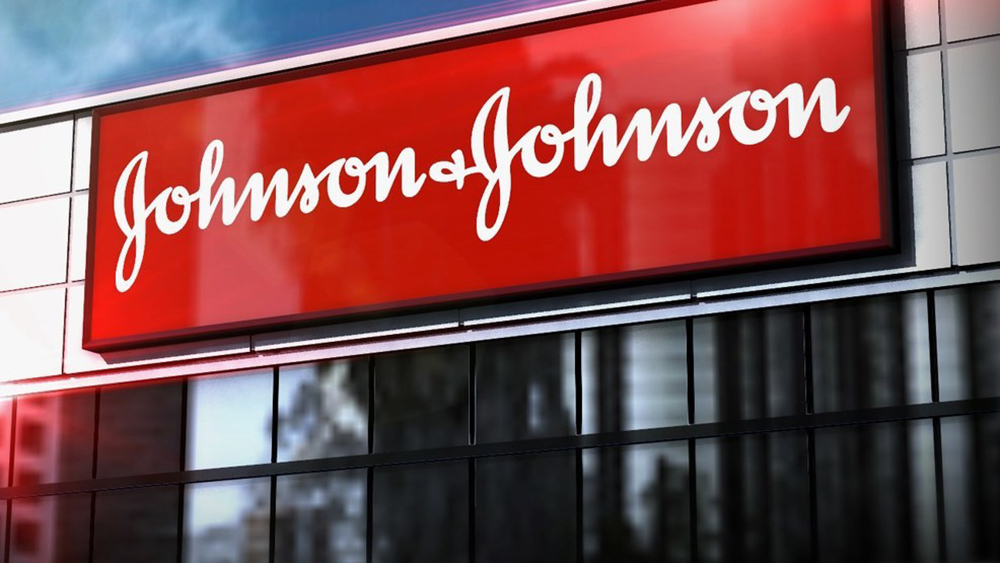By: Benyamin Davidsons
In the first half of 2022, deals and funding within life sciences declined, in line with overall activity in mergers and acquisitions, as per a new report from Deloitte.
As reported by Crain’s NY, the report depicts an “unnerving” picture for companies and investors, with a consequential decline of health tech funding in New York and across the country. As per the report, so far this year there were only $55 billion in M&A deals in the U.S., compared to $130 billion in the first half of 2021. Deals for over $1 billion have declined by 61%, bringing in just $40 billion in 2022, compared with $102 billion in 2021.
Some experts, however, are predicting that the life sciences sector could continue to rally despite the decline in M& A deals. They say life science firms in New York may need to increase M &A activity to hedge against a possible recession. Firms will need to tighten spending, which may lead them to seek out partnerships to be able to meet their goals of getting products to patients and generating revenue. This potential need, may very well translate into activity in M & As in NY’s pharmaceutical sector. In particular, the pharmaceutical industry may bypass the trend with companies “very likely be in M&A mode” soon, said Bunny Ellerin, founder of NYC Health Business Leaders.
She added that this is especially true because many of the drug leaders will be losing exclusivity on some of their blockbuster drugs within the next two years. As examples, she noted that Merck will lose exclusivity on Januvia, a Type 2 diabetes pill ; Johnson & Johnson will lose both Crohn’s disease drug Stelara and Simponi for arthritis; and Bristol Myers Squibb will lose its patent on Sprycel, a leukemia chemotherapy drug. This means there will be generics produced, which will force the companies to cut prices and lose revenue. She says the pharma giants will be looking to make up these losses—and one viable option will be to buy up smaller firms who make their own drugs.
The same sentiment was repeated on a national level, by Barbara Ryan, a senior advisor in life sciences at Ernst & Young. As per Crain’s, Ryan says many big pharma companies have “record levels” of money to spend on acquisitions at this time, and many have drugs whose patents will expire. Buying up smaller, “more nimble” firms which are working on new compounds, will give the bigger company the opportunity to make more money by pushing the drugs through the final stages of development and marketing them to their already established customers, Ryan says. Ellerin also agreed that larger companies now have a harder time developing new drugs.
These predictions already seem to be coming true, as so far in 2022, M&A activity has been increasing at pharmaceutical companies nationally, as per the Deloitte report. This year, pharma firms lead M&A activity in terms of the number of deals as well as their value. In fact, Pharma now account for 38 percent of deals made and 65 percent of the funds. In 2022, so far there were more than 40 deals in the sector with the total adding up to almost $40 billion.
Ryan cautioned, however, that the Federal Trade Commission could become a factor– if it is “hawkish” in overseeing future mergers and acquisition.




